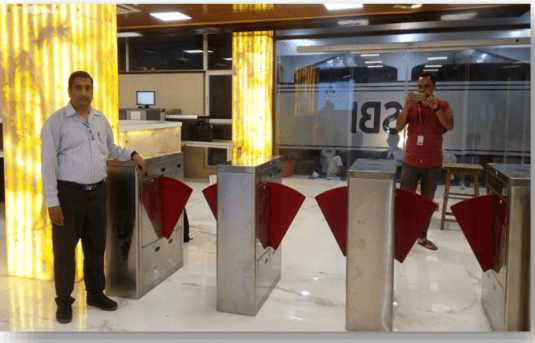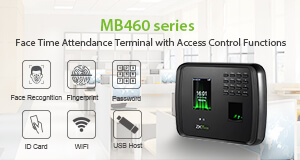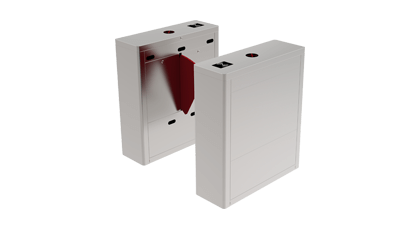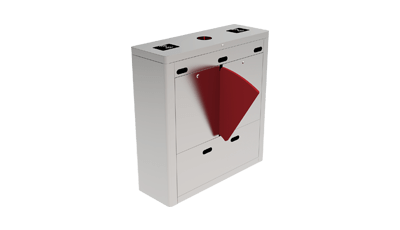-
Smart Identity
- Smart Entrance Control
- Smart Office
- Green Label
-
Solution
Classified by Industry
- ZKBioSecurity Manufacturing Security System
- Visitor Management
- Touchless Biometric Solution with Mask & Body Temperature Detection
- Door Management
- Parking Management
- Hotel Management
Classified by Application- Mobile Access Control Solution
- Access Control Terminal People Counting Solution Powered by ZKBioSecurity-MTD
- One Smart Card Solution
- Mobile Attendance Solution
- High Availability And Security Solution
- Web-Based Multi-Location Centralized Time Management Solution
-
Support
Training CenterDownload CenterAfter-sales ServiceDistributor ServiceService&Bulletins
- How to Buy
Authorized Online Store - How to Buy
ZKTeco Administered Security Enhancement in State Bank of India

Project Description:
The State Bank of India (SBI) is an Indian multinational, public sector banking and financial services statutory body. It is a government corporation statutory body headquartered in Mumbai, Maharashtra. SBI is ranked as 236th in the Fortune Global 500 list of the world's biggest corporations of 2019. It is the largest bank in India with a 23% market share in assets, besides a share of one-fourth of the total loan and deposits market. The bank descends from the Bank of Calcutta, founded in 1806, via the Imperial Bank of India, making it the oldest commercial bank in the Indian subcontinent. The Bank of Madras merged into the other two "presidency banks" in British India, the Bank of Calcutta and the Bank of Bombay, to form the Imperial Bankof India, which in turn became the State Bank of India in 1955.The Government of India took control of the Imperial Bank of India in 1955, with Reserve Bank of India (India's central bank) taking a 60% stake, renaming it the State Bank of India.
Project Site: Nodia, Uttar Pradesh
Client Requirements
Challenge
BFSI sector is a potential spot for crime activities or terrorist attacks. Banks are susceptible to robbery without the implementation of robust physical security system and lives of hundreds of customers are at stake. As a well reputed BFSI organization, State Bank of India, Jaipur decided to enforce security at restricted areas. For this, they specifically required an entrance control system so that only authorized members could enter inside. Furthermore, entrance control systems would restrict free movement in case of bank robbery and slow down criminals.
In addition, they wanted the entrance control system to be more presentable and elegant in design.
Implementation Solution
Configurations :
|
System |
Device Name |
|
Entrance Control |
FBL1000 |
|
Entrance Control |
FBL1200 |
Solution :
Based on the requirements of the state bank officials, ZKTeco offered FBL1000 and FBL1200 based flap barriers. The FBL1000 flap barriers consist of single lane and were installed at the extreme ends, Whereas FBL1200 barriers consist of double lanes and were installed in between FBL1000 barriers to form multiple lanes. This kind of formation reduces the number of flap barriers need to be installed offering a coat effective operation and installation. The flap barriers were incorporated with RFID sensors, hence bank members could pass through the barriers by displaying smart card over the sensors. On the other hand, the access would get denied for people without appropriate access card preventing unauthorized entry.
Results:
• Security of the bank premises were improved.
• Unauthorized access to the restricted areas were prevented.
Related Products
 Shopping Cart
Shopping Cart Project Consultation
Project Consultation Online Consultation
Online Consultation Back to Top
Back to Top


 Integration
Integration Smart Terminal
Smart Terminal Software
Software  Smart Terminal
Smart Terminal Software
Software Smart Terminal
Smart Terminal software
software Time Attendance
Time Attendance Access Control
Access Control




 Product Inquiry
Product Inquiry Project Consultation
Project Consultation Contact Us
Contact Us
